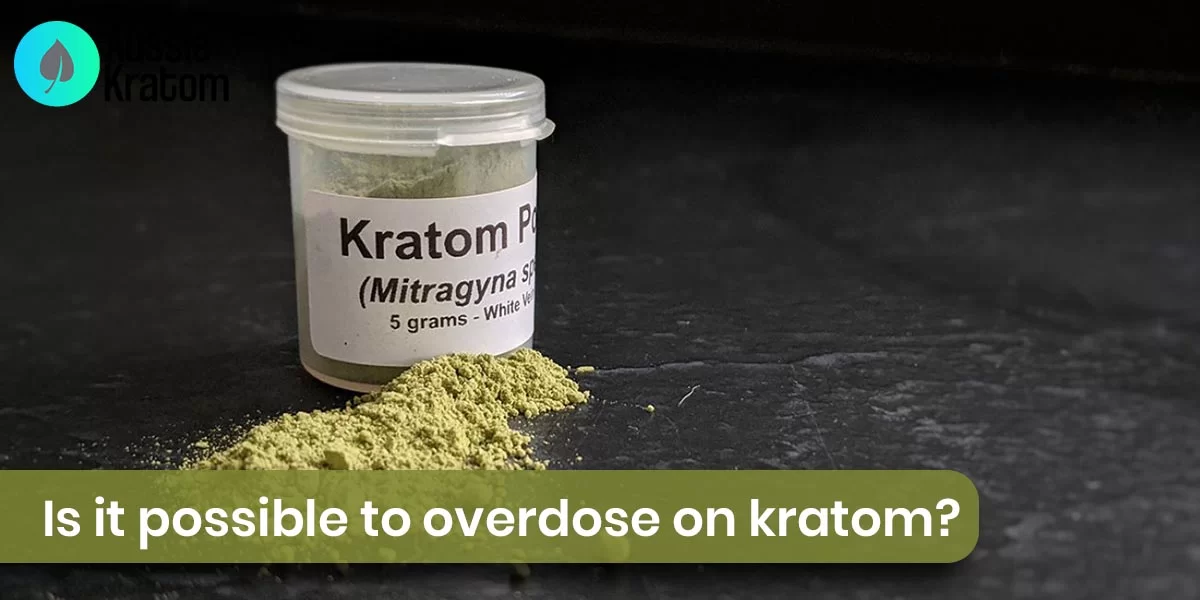Kratom is a Southeast Asian tropical tree (Mitragyna speciosa) with leaves that contain chemicals that can have psychotropic (mind-altering) effects. Kratom is not presently prohibited and may be purchased over the internet. It is occasionally marketed in packages labeled “not for human consumption” as a green powder. It is also available as an extract or gum.
Kratom is also known by the following other names:
- Biak
- Ketum
- Kakuam
- Ithang
- Thom
How do individuals make use of kratom?
Most individuals use kratom in the form of a tablet, capsule, or extract.
Some individuals chew kratom leaves or make tea from dried or powdered leaves. The leaves are sometimes smoked or consumed in meals.
What effect does kratom have on the brain?
Kratom has effects that are similar to both opioids and stimulants.
Mitragynine and 7—hydroxy mitragynine, two chemicals found in kratom leaves, interact with opioid receptors in the brain, causing sleepiness, pleasure, and pain relief, especially when significant doses of the plant are consumed. Mitragynine also stimulates the brain by interacting with other receptor systems.
When used in tiny doses, individuals report enhanced energy, sociability, and alertness rather than drowsiness. However, kratom can have unpleasant and potentially hazardous adverse effects. Are you looking to “Buy Kratom Australia“?
What are kratom’s health benefits?
The following health symptoms have been reported as a result of kratom use:
- Nausea
- Itching
- Sweating
- Dry mouth
- Constipation
- Increased urination
- lack of appetite
- Seizures
- Hallucinations
Psychotic symptoms have been recorded in some users.
Is it possible to overdose on kratom?
There have been several instances of people dying after using kratom, although the majority of these deaths have been caused by other drugs. According to a 2019 article that examined data from the National Poison Data System, there were 11 fatalities related to kratom consumption between 2011 and 2017.
In this study, kratom was used in conjunction with other substances and medications such as diphenhydramine (an antihistamine), alcohol, caffeine, benzodiazepines, fentanyl, and cocaine in nine of the 11 deaths.
Two people died after being exposed to kratom alone, with no other drugs present. The FDA recognized at least 44 kratom-related deaths in 2017, with at least one instance being examined as probable usage of pure kratom.

According to the FDA reports, many of the kratom-related deaths appeared to be the consequence of contaminated goods or combining kratom with other strong substances, such as illegal narcotics, opioids, benzodiazepines, alcohol, gabapentin, and over-the-counter pharmaceuticals like cough syrup.
There have also been cases of kratom marketed as dietary supplements or dietary components tainted with other chemicals that caused fatalities.
People should consult their doctors about the safety of combining kratom with other medications.
Is kratom habit-forming?
Kratom, like other medications with opioid-like properties, may create dependency, which means users may experience physical withdrawal symptoms if they stop using the drug. Some kratom users have reported growing hooked on it.
- Muscular pains
- Sleeplessness
- Irritability
- Anger
- Aggressiveness
- Emotional changes
- Runny nose
- Jerky movements are all withdrawal symptoms.
What is the treatment for kratom addiction?
There are no medical therapies available for kratom addiction.
Behavioral therapy has proven to be beneficial for certain persons seeking treatment. More study is needed to evaluate how successful this therapy option is.
Is kratom useful as a medicine?
Some people have taken kratom as a herbal alternative to medical therapy in recent years in an attempt to alleviate withdrawal symptoms and cravings induced by opiate addiction or other addictive drugs such as alcohol.
There is no scientific proof that kratom is useful or safe for this purpose; more study is required.
Important Reminders:
- Kratom Australia is currently banned but can be easily ordered online at “Aussie Kratom“.
- Kratom usage has been linked to nausea, sweating, convulsions, and psychotic symptoms.
- Commercial kratom is occasionally mixed with other chemicals that have resulted in fatalities.
- Kratom is a tropical tree native to Southeast Asia with leaves that might have psychoactive effects.
- Some kratom users have reported addiction; behavioral treatments and pharmaceuticals have not been particularly studied for the treatment of kratom addiction.
- Most individuals take kratom in the form of a tablet or capsule. Some individuals chew kratom leaves or make tea from dried or powdered leaves. The leaves are sometimes smoked or consumed in meals. Mitragynine and 7–hydroxy mitragynine, two chemicals found in kratom leaves, interact with opioid receptors in the brain, causing drowsiness, pleasure, and pain relief. Mitragynine can also stimulate the brain by interacting with other receptor systems.

